Deck & Commander Strategies
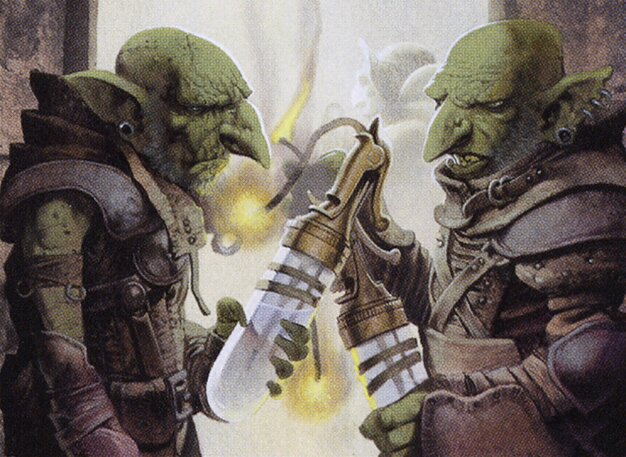
Shattergang Brothers
Goblin beatdown combined with sacrifice synergies and value generation, aiming to overwhelm opponents with tokens and incremental damage while disrupting their board with removal and steals.

Niv-Mizzet Reborn
Multicolor control and value through powerful spells and creatures, focusing on ramping mana to cast big threats and stabilizing the board with card advantage and removal.

Mendicant Core, Guidelight
Aggressive artifact Voltron deck that quickly builds artifact count to boost Mendicant Core’s power and activate its ability to copy artifact spells, enabling explosive recursion and damage output.
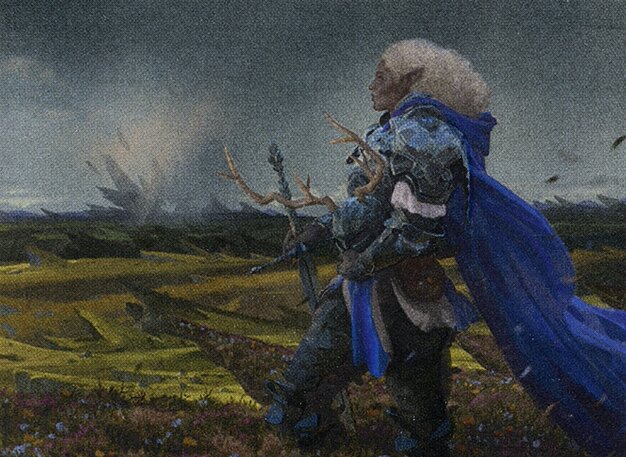
Galea, Kindler of Hope
Voltron strategy centered around auras and equipment to enhance Galea for large, evasive commander damage, supported by life gain and card draw to maintain pressure.
Gameplay Insights
- 1
Mendicant Core’s 'max speed' ability to copy artifact spells like Scrap Trawler created strong board presence and artifact recursion, significantly increasing pressure.
- 2
Players prioritized removing unblockable enablers and key artifacts like Bessie to prevent Mendicant Core from dealing consistent damage.
- 3
Gaining life repeatedly through non-basic land drops and triggers was a key tactic to survive aggressive attacks while setting up for late-game plays.
- 4
Shattergang Brothers used sacrifice and token generation to maintain board presence and apply pressure even after losing creatures.
- 5
Voltron decks focused on equipping commanders quickly with powerful auras and equipment to maximize commander damage output early in the game.
- 6
Stealing key permanents such as Bessie with Hostage Taker shifted tempo and disrupted opponents’ strategies.
Notable Cards
-
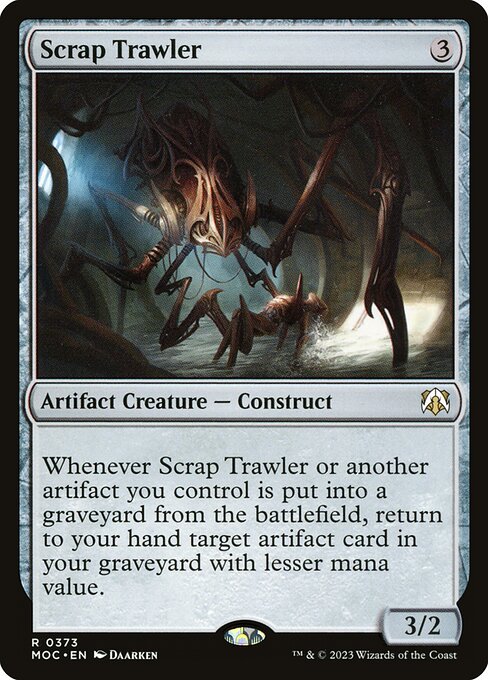
Scrap Trawler
-

Shattergang Brothers
-
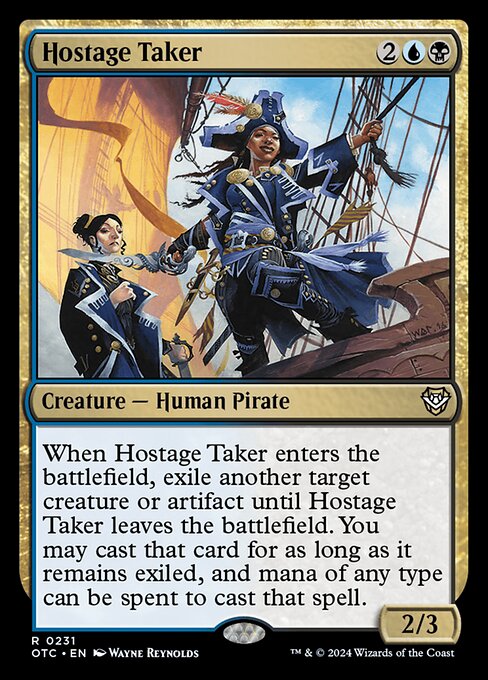
Hostage Taker
-
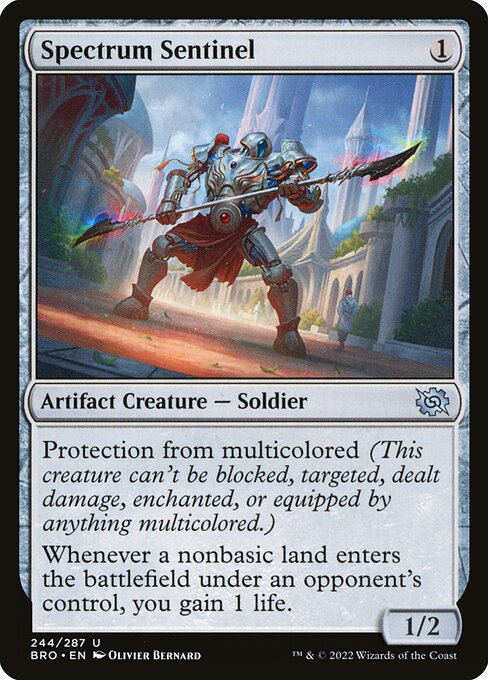
Spectrum Sentinel
-
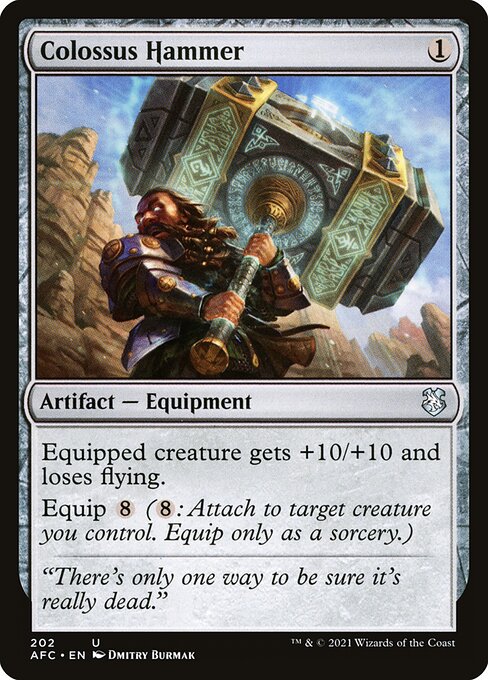
Colossus Hammer
-
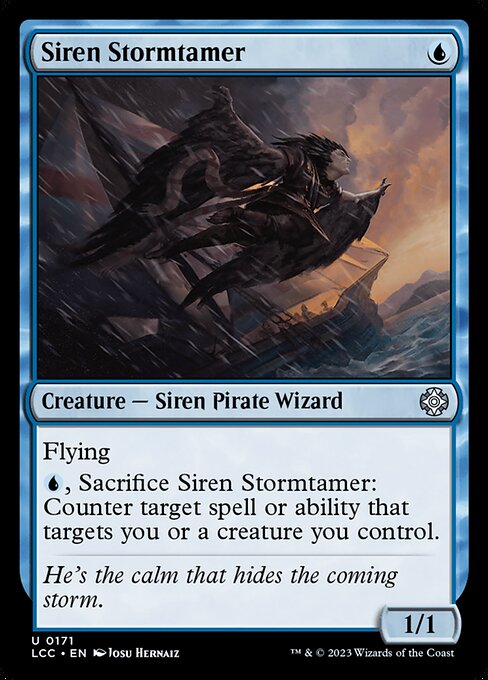
Siren Stormtamer
-

Lion Umbra
-
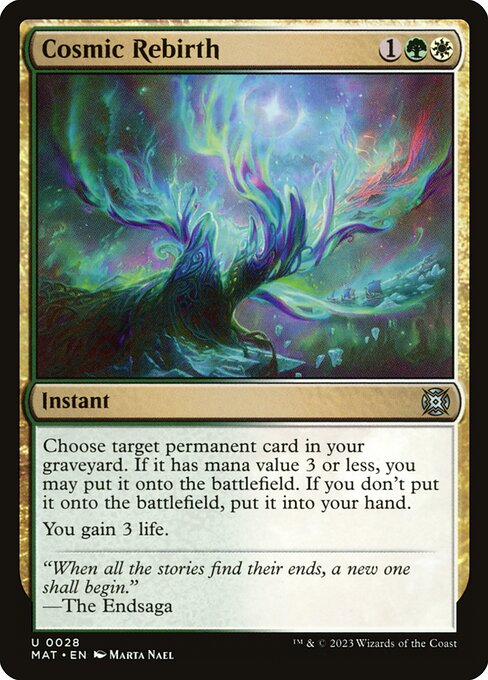
Cosmic Rebirth
Gameplay Summary
The game featured four distinct decks with aggressive and synergistic strategies vying for control.
Early turns focused on ramping mana and establishing board presence, with Mendicant Core aggressively building artifact count to maximize its power and copy spells, while Shattergang Brothers applied pressure through goblin tokens and sacrifice mechanics.
Galea's Voltron-style deck sought to quickly equip and aura its commander for impactful attacks, leveraging life gain and card draw.
Niv-Mizzet Reborn aimed to stabilize the board with multicolor spells and powerful late-game threats. Key turning points included Mendicant Core reaching 'max speed' to copy Scrap Trawler, enabling explosive artifact recursion and combat damage.
Shattergang Brothers disrupted opponents by stealing key artifacts (notably Bessie the Doctor's Roadster) and generating incremental damage with goblins.
Galea managed to deal significant commander damage with a large equipped creature, forcing opponents to react defensively.
The dynamic interplay between artifact recursion, token generation, and Voltron damage shaped the evolving board state, with players prioritizing removal of unblockable enablers and key threats to keep aggressive decks in check.
Ultimately, the game revolved around leveraging synergies between artifacts, goblins, and equipment to outpace opponents and close out through combat damage and value plays.


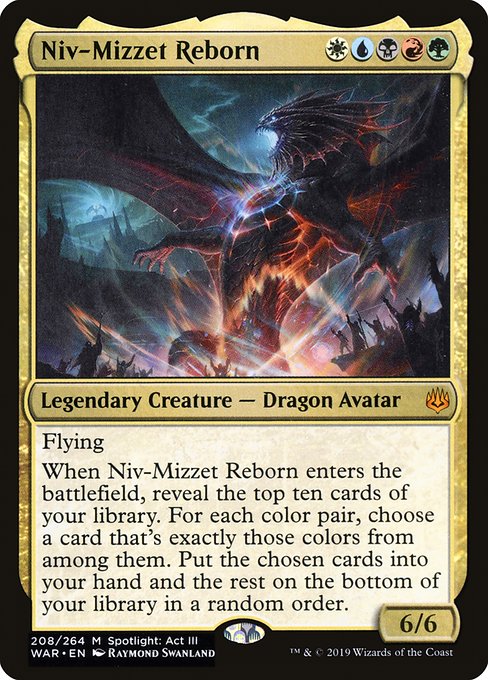
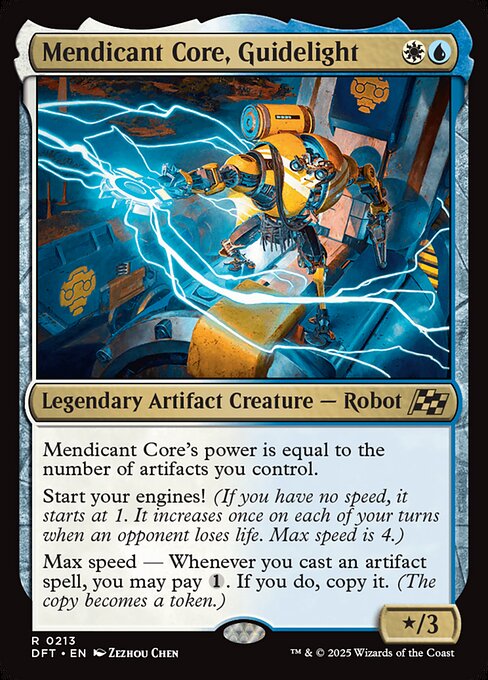












![Commander VS S15E5: Roalesk VS Massacre Girl VS Niv-Mizzet VS Neheb [EDH] thumbnail](https://i.ytimg.com/vi/Xy3w7W-GWgw/sddefault.jpg)

















![Commander VS S5E5: ??? vs ??? vs ??? vs ??? [MtG Multiplayer] thumbnail](https://i.ytimg.com/vi/IoN5gMmHpbg/sddefault.jpg)












![Zockt uns Dennsen in Magic ab?! | Herumkommandiert #10 | EDH Commander Gameplay [Deutsch] thumbnail](https://i.ytimg.com/vi/skfLxrOTZgw/sddefault.jpg)




